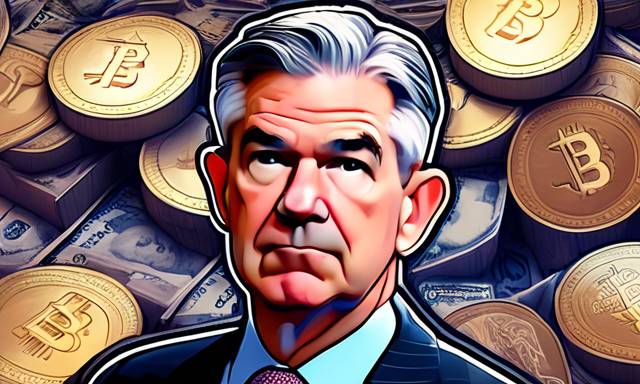Economic Insights from the Federal Reserve Chair 🏦
Federal Reserve Chair Jerome Powell’s recent remarks on September 18, 2024, highlighted the central bank’s ongoing pledge to fulfill its dual goals of maximum employment and price stability. Powell noted substantial advancements within the U.S. economy, particularly in terms of inflation, which fell from a high of 7% to approximately 2.2% by August 2024. This decrease allowed the Federal Open Market Committee (FOMC) to implement a cut in the policy interest rate by half a percentage point, aligning with the Fed’s overarching aim of sustainably reducing inflation to 2% while supporting labor market robustness.
Current Economic Progress 📈
During his remarks, Powell provided an overview of the economic landscape, indicating that U.S. economic activity continues to grow steadily. He revealed that the U.S. gross domestic product (GDP) increased at an annualized rate of 2.2% in the first half of this year and anticipated that this growth trajectory would persist. Key contributors to this growth include resilient consumer expenditure and renewed investments in areas such as equipment and intangible assets.
Moreover, Powell pointed out that the labor market remains robust, with the unemployment rate recorded at 3.8% as of August. While job growth has been strong, it has moderated from the vigorous rates seen earlier, indicating a healthy adjustment between labor supply and demand in the economy.
Challenges and Policy Balancing ⚖️
In his press conference, Powell acknowledged the economic hurdles represented by higher interest rates, which have impacted businesses and consumers alike. He explained that tighter financial conditions have negatively affected interest-sensitive sectors, particularly housing and business investment, leading to a notable slowdown in the housing market. Nonetheless, he reaffirmed the Fed’s commitment to balancing its policies, aiming to keep inflation in check while minimizing negative repercussions on economic growth.
Future Monetary Policy Considerations 🔍
Powell also shed light on the FOMC’s perspectives regarding forthcoming monetary policy strategies. While progress in controlling inflation has been made, he noted that uncertainties persist. The Fed is actively monitoring economic data and stands ready to modify its monetary approach as needed. Powell emphasized that any future rate reductions would hinge on data analysis, focusing on variables such as inflation expectations, wage growth, and overall economic performance.
Global Influences on the U.S. Economy 🌐
One noteworthy topic addressed by Powell was the influence of global factors on the U.S. economy. He expressed concerns about geopolitical tensions and disruptions in global supply chains that continue to exert pressure on both inflation and economic growth. These international developments add complexity to the Fed’s decision-making process, particularly in managing domestic inflation while keeping global risks in mind.
Focus on Financial Stability 🔒
Furthermore, Powell highlighted the Fed’s commitment to financial stability, noting that the central bank diligently monitors potential vulnerabilities within the financial system. Despite the elevated risks associated with higher interest rates for certain institutions, Powell reassured that the banking sector remains resilient. He indicated that the Fed collaborates closely with other regulatory entities to ensure that the financial system is equipped to endure possible shocks.
Looking Ahead: The Possibility of a Recession 🔮
During the Q&A segment, Powell fielded inquiries regarding the likelihood of a recession. He remarked that while the Fed is cognizant of risks stemming from slower growth and tighter financial conditions, the main priority remains achieving inflation targets without inciting a recession. Powell conveyed optimism that a soft landing—taming inflation while avoiding significant job losses—remains a feasible objective.
Hot Take: Navigating Economic Challenges Ahead 🚀
Overall, Powell’s insights reflect a careful balance between managing inflation and fostering economic growth. As you navigate this landscape, it’s crucial to stay informed about the potential impacts of monetary policy on various sectors and understand the broader economic implications. Adapting to these ongoing developments will be essential in making informed decisions in the dynamic world of finance.





 By
By
 By
By
 By
By
 By
By
 By
By
 By
By